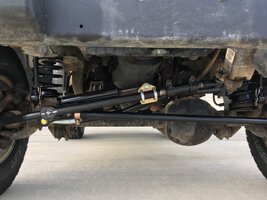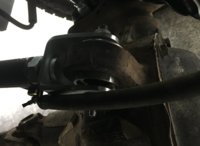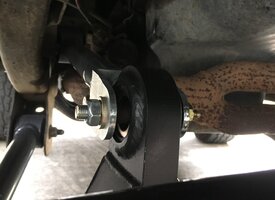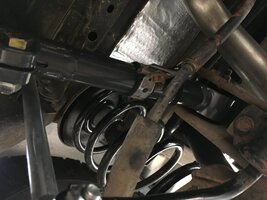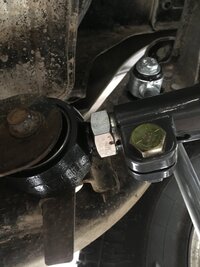The word from Synergy today is the 01 TJ bushing will no longer be produced.
I recently installed Synergy's non-adjustable lower control arms in the front. I expected handling quality would be different, and it is. Much had to do with the poor condition of the former OE bushings, some has to do with a little more caster, and, the front axle is now squared. The bushings seem to deliver high frequency road surface feedback, but nothing jarring or harsh.
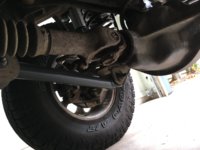
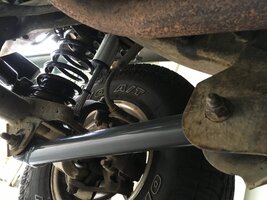
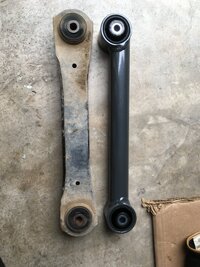
I recently installed Synergy's non-adjustable lower control arms in the front. I expected handling quality would be different, and it is. Much had to do with the poor condition of the former OE bushings, some has to do with a little more caster, and, the front axle is now squared. The bushings seem to deliver high frequency road surface feedback, but nothing jarring or harsh.





